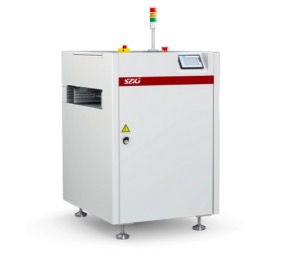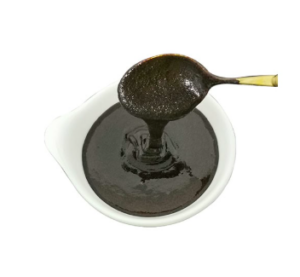The filling system plays a crucial role in determining the efficiency, cost-effectiveness, and overall quality of a production line. In manufacturing, especially in industries like food and beverage, pharmaceuticals, and cosmetics, a well-designed filling system can significantly impact production speed, accuracy, and waste reduction. In this article, we will explore how different types of filling systems can affect your production line, covering factors such as throughput, cost, and system flexibility.
Table of Contents
Toggle1. Efficiency and Throughput: Key Considerations for Filling Systems
Filling systems are responsible for dispensing liquids, powders, or pastes into containers. A high-performance filling system can increase production throughput by optimizing speed and reducing downtime. For example, automated filling systems can process up to 3000 containers per hour, compared to manual systems which typically handle only 300-500 units per hour. This difference highlights the immediate impact that a filling system can have on a production line’s output.
The type of filling system chosen will directly influence efficiency. For instance, volumetric filling systems are highly accurate and ideal for products with consistent viscosity, while gravimetric filling systems are better suited for products with varying densities. Ensuring the right fit for your product will optimize production and minimize wastage.

2. Cost Reduction: How the Right Filling System Saves Money
Investing in a high-quality filling system may require an upfront expenditure, but it often results in long-term cost savings. A well-calibrated system reduces product waste and overfill, which is crucial in industries with high material costs, like pharmaceuticals or high-end food products. For example, a filling system that accurately dispenses liquids within a ±0.5% tolerance can reduce material waste by up to 3%, which can translate to significant savings in large-scale production.
Additionally, automated systems require fewer manual labor hours, lowering operational costs. While manual systems may be cheaper to install initially, they tend to have higher ongoing labor costs and can result in inconsistent product quality. Automated filling systems also decrease the likelihood of human error, ensuring more uniformity in the final product.
Maintenance Costs and Downtime
Regular maintenance and repair are essential for keeping filling systems running smoothly. Automated systems typically require less frequent maintenance, as they are designed with advanced sensors and diagnostic capabilities to detect issues before they lead to downtime. On the other hand, manual or semi-automated systems may require more frequent adjustments, which can affect overall productivity.
3. Flexibility and Scalability of the Filling System
The flexibility of a filling system is another significant factor affecting its impact on a production line. In many industries, the need to adapt to changing product types, package sizes, and production volumes is a key consideration. For example, an advanced filling system that can accommodate a wide range of bottle sizes and liquid viscosities will allow manufacturers to scale production up or down with ease.
Some filling systems are designed with modular components, which means that manufacturers can easily add or remove parts to suit changing production needs. This scalability is especially important for businesses that experience seasonal variations in demand or anticipate product line expansions.
Smart Technology and Integration
Modern filling systems are often equipped with smart technology, allowing them to be integrated with other production line equipment, such as labeling or capping systems. This integration helps streamline the entire production process, reducing the need for manual interventions and increasing overall system efficiency.
4. Quality Control and Compliance: Filling Systems in Regulated Industries
In regulated industries like pharmaceuticals and food, the accuracy and consistency of the filling system are critical for meeting quality control standards and compliance regulations. A filling system with precise measuring capabilities ensures that the correct amount of product is dispensed every time, preventing over- or under-filling, which could lead to product recalls or fines.
Automated systems with sensors can monitor and adjust for variables such as temperature, pressure, and humidity, ensuring that each filled container meets regulatory requirements. This level of control is particularly important when filling products that require precise doses, such as liquid medications or food items with strict nutritional specifications.
Conclusion
In conclusion, the filling system has a profound impact on your production line’s efficiency, cost-effectiveness, and quality control. By selecting the appropriate system based on your production needs—whether it’s for high throughput, flexible scalability, or strict regulatory compliance—you can significantly enhance the performance of your production line. In today’s fast-paced manufacturing environment, investing in the right filling system is not just a technical decision, but a strategic one that can improve your bottom line.
0

